
Who is Santa Claus, really?
The story behind the real figure of Santa Claus begins not in the North Pole, but in the southwest corner of Anatolia — modern-day Turkey.
Today, we explain how ancient traditions, Norse mythology, and 20th century marketing campaigns weave together to create the red-clad, sleigh-driving Santa Claus we know today.
And did we mention they just discovered his ancient tomb?
Reminder: You can support us AND get in-depth Saturday content every week: deeper articles and members-only podcasts.
This weekend, we explore Tolkien’s interpretation of the Book of Jonah: why the whale doesn’t matter, why the author is hilarious, and how the main lesson is exactly what you’d least expect…
Join as a member to read it, and help support our mission!
The Saint Behind Santa
The original “Santa Claus” isn’t a mythical character — he’s a historical one.
Saint Nicholas, a 4th-century Greek bishop from the city of Myra (modern-day Demre, Turkey), is remembered for his piety, miracles, and boundless generosity. Many stories recount his deeds, but none is as enduring as the tale of how he saved an impoverished man’s three daughters from turning to prostitution.
The man, made poor by the “plotting and envy of Satan,” had lost all of his money and was unable to provide a dowry for his daughters. With no prospect of marriage and no opportunity for the father to get work, the daughters had no choice but to turn to the world’s oldest profession as a means to survive.
Nicholas, moved by their plight, secretly visited the man’s house by night to provide money for three dowries. In some traditions, he tossed the gold through an open window. In others, he dropped it down the chimney, where the coins landed in stockings hung by the fire to dry — a detail that has persisted in Christmas traditions for centuries.
Nicholas’ reputation spread throughout medieval Europe, and December 6, the feast day of Saint Nicholas, became a time to honor his memory by giving gifts, especially to children. Over time, his name morphed into “Sinterklaas” in Dutch, and celebrants often dressed as the saint in red bishop’s robes.
The historical roots of Santa explain the gift giving and red attire — but what about his sleigh, reindeer, and merry persona?
From Bishop to Myth
To uncover the origins of Santa’s more fantastical elements, we must look to the Norse.
In pre-Christian Scandinavia, the winter solstice festival Yule was marked by myths of the god Odin. On frosty nights, Odin was said to traverse the skies on an eight-legged horse, dispensing gifts or good fortune to those who left offerings of food or hay for his steed.
When Christianity swept Europe, the church worked to integrate local customs in ways that facilitated the cultural transition, but without watering down the essence of the Christian celebration. For this reason, innocuous symbols like Yule logs and gift-bringing traditions found new homes within Christmas celebrations.
Though often accused of appropriating pagan festivals, the date for Christmas was (quite probably) based on sound theological reasoning — Dec 25th is nine months after the Feast of the Annunciation on March 25. Over time, older traditions like Yule adapted to the new calendar.
But Yule logs aren’t the only relics of Europe’s pagan past that linger in Christmas lore — others, such as Krampus and the anti-Santas, remain as well.
Across the Atlantic
Santa Claus as we know him today took shape in 19th-century America. Writers such as Clement Clark Moore (author of “‘Twas the Night Before Christmas”) penned poems that celebrated gift giving, and cartoonist Thomas Nast solidified the image by sketching Santa as the jovial figure we recognize today.
While some credit Coca-Cola’s advertisements for defining Santa’s look in the 1930s, they only popularized an existing tradition. By the time Coca-Cola came around, Santa’s red suit, flying sleigh, and workshop populated with elves was already the standard depiction.
So that’s the Santa we know today, but what of the original Anatolian bishop? Just recently he’s popped back up in the news, and for good reason…
The Tomb of Saint Nicholas
For centuries, Saint Nicholas’s remains were thought to reside in Italy. In 1087, sailors smuggled his relics from Myra to the southern Italian city of Bari, where they were enshrined in the Basilica di San Nicola.
Venice, too, claims to have relics of Saint Nicholas in their possession — but recently, a third contender entered the scene.
Working beneath the floor of a church dedicated to the saint, archaeologists in Myra uncovered a limestone sarcophagus — and the structure aligns with historical accounts of Saint Nicholas’ burial in the 4th century. While further studies are required to confirm the remains, the find has reignited interest in the man who inspired centuries of tradition.
So where is the original resting place of Saint Nick — Bari, Venice, or Myra? In all likelihood, all three! It’s not at all uncommon for the relics of saints to be spread out through Europe — for example, a skull in Spain, femur in France, and hip bone in Hungary.
Especially in the early medieval church, this practice was commonplace, as it allowed different nations to establish their own connection and devotion to a saint. So while the discovery of Saint Nicholas’ tomb in Turkey might seem to undermine the claims of Bari or Venice, it in fact does the opposite — it simply adds one more place of devotion for those drawn to Saint Nicholas and his incredible legacy of generosity.
Art of the Week
Repin's painting, an exemplar of the Russian realism art style, tells another story from the life of St. Nicholas — here he’s depicted on a trip to a remote part of his diocese, where he saves three innocent men unjustly condemned to death.
True to the Russian realist style, the expressions and body language of the characters are rendered with incredible detail. The condemned men show a mix of shock and relief, their bodies still in the contorted poses of despair, while the executioner’s halted movement conveys a sudden cessation of action.
It’s this contrast that underscores the painting's dramatic tension. But Repin’s work asks you to consider more than just a miracle — for example, what does it say about themes of justice, mercy, and divine intervention?
And, more importantly, what does it mean to give and receive these as gifts?
Thank you for reading this far!
—Alex & Evan
Remember, you can support us AND get more content delivered to your inbox every Saturday: in-depth articles and members-only podcasts.
This weekend, we explore Tolkien’s interpretation of the Book of Jonah: why the whale doesn’t matter, why the author is hilarious, and how the main lesson is exactly what you’d least expect…

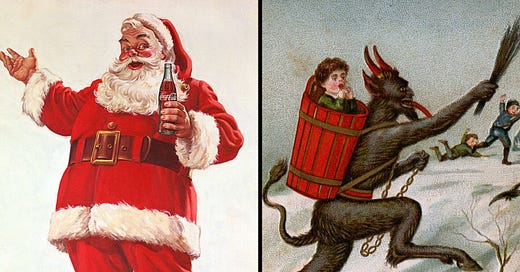



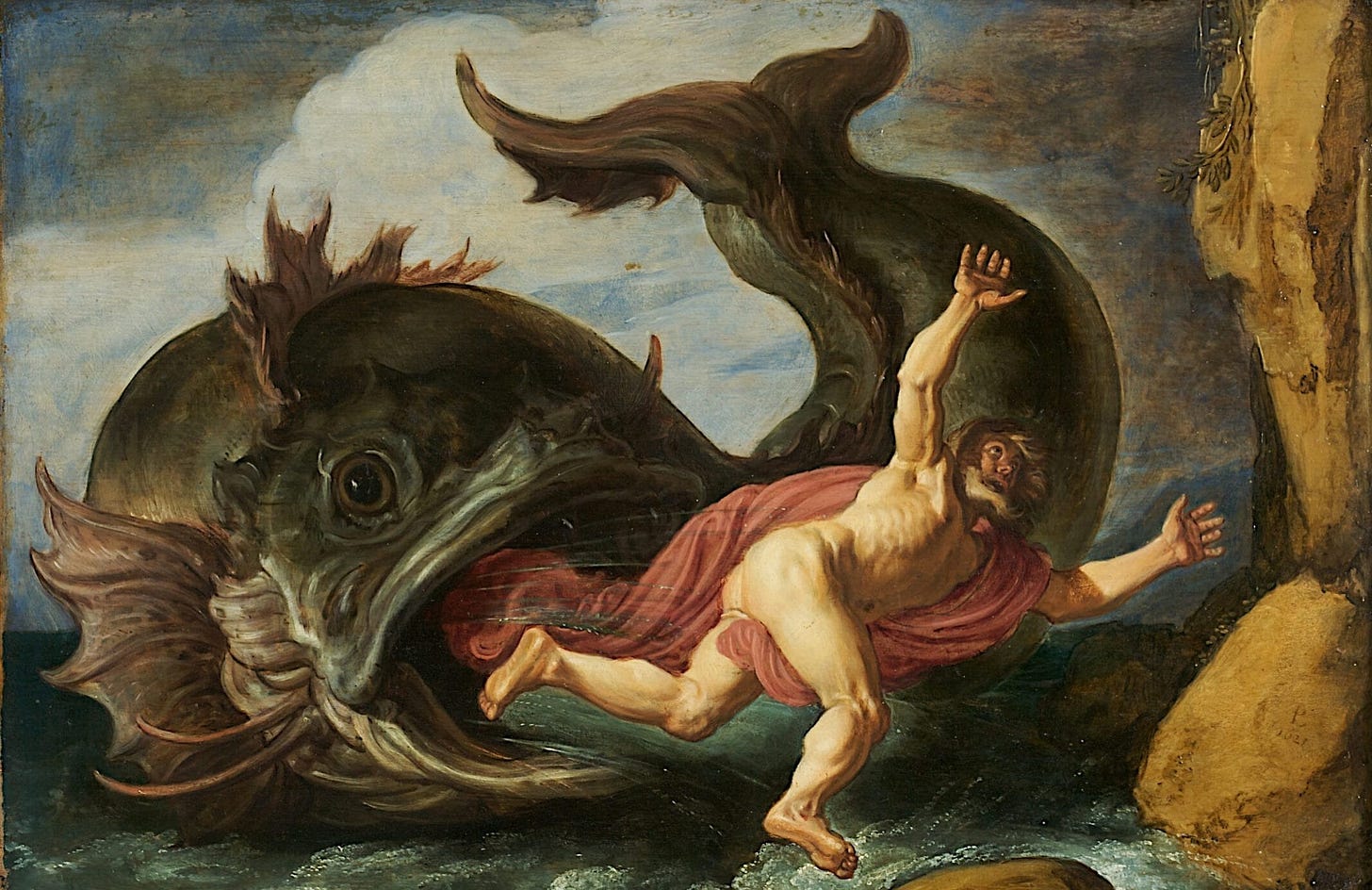
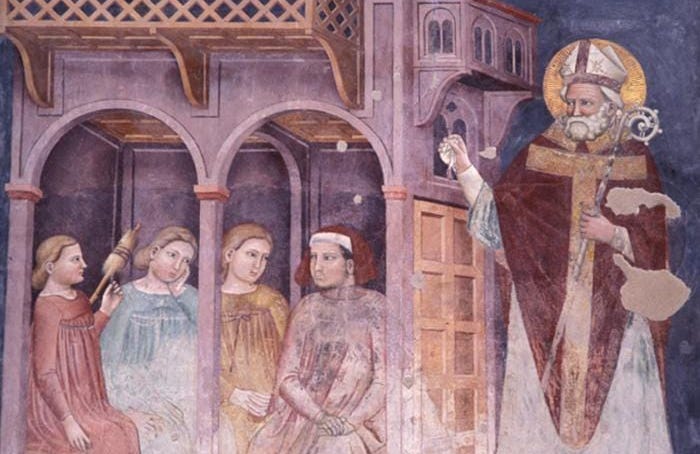
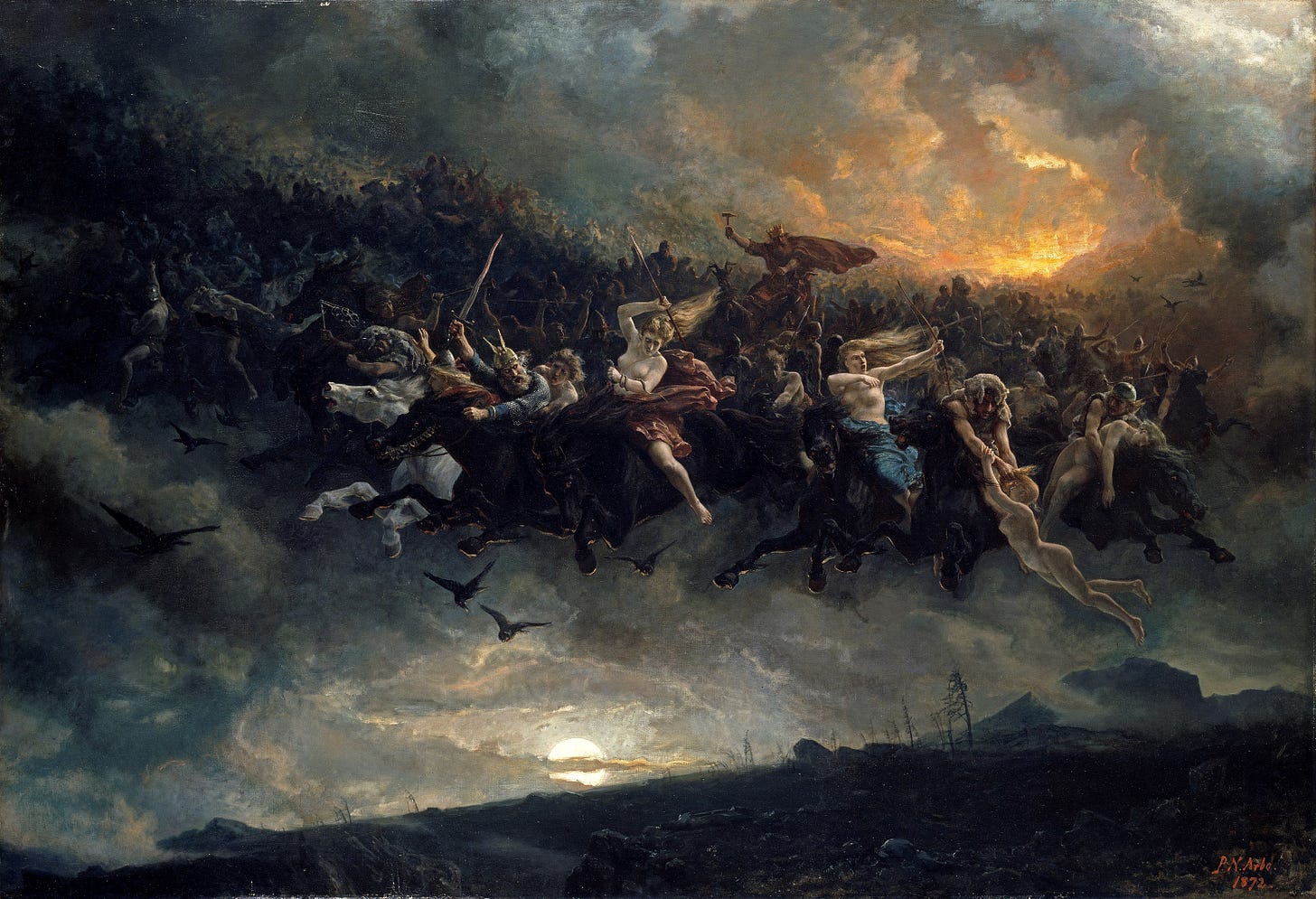
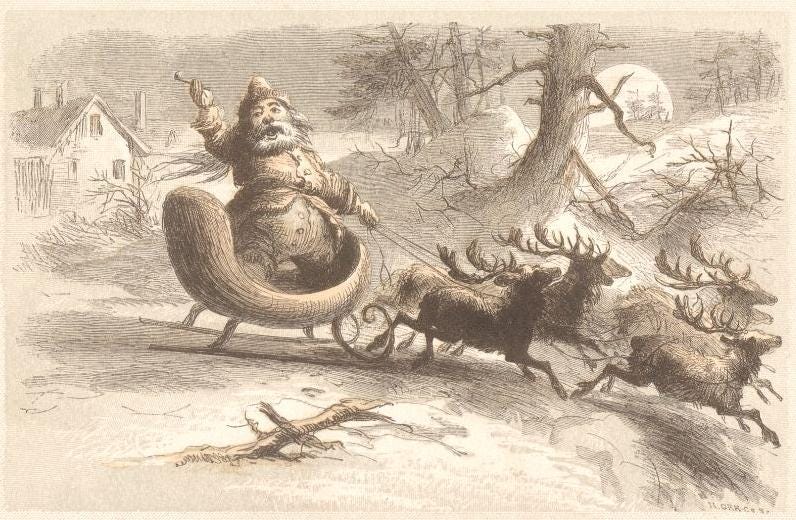
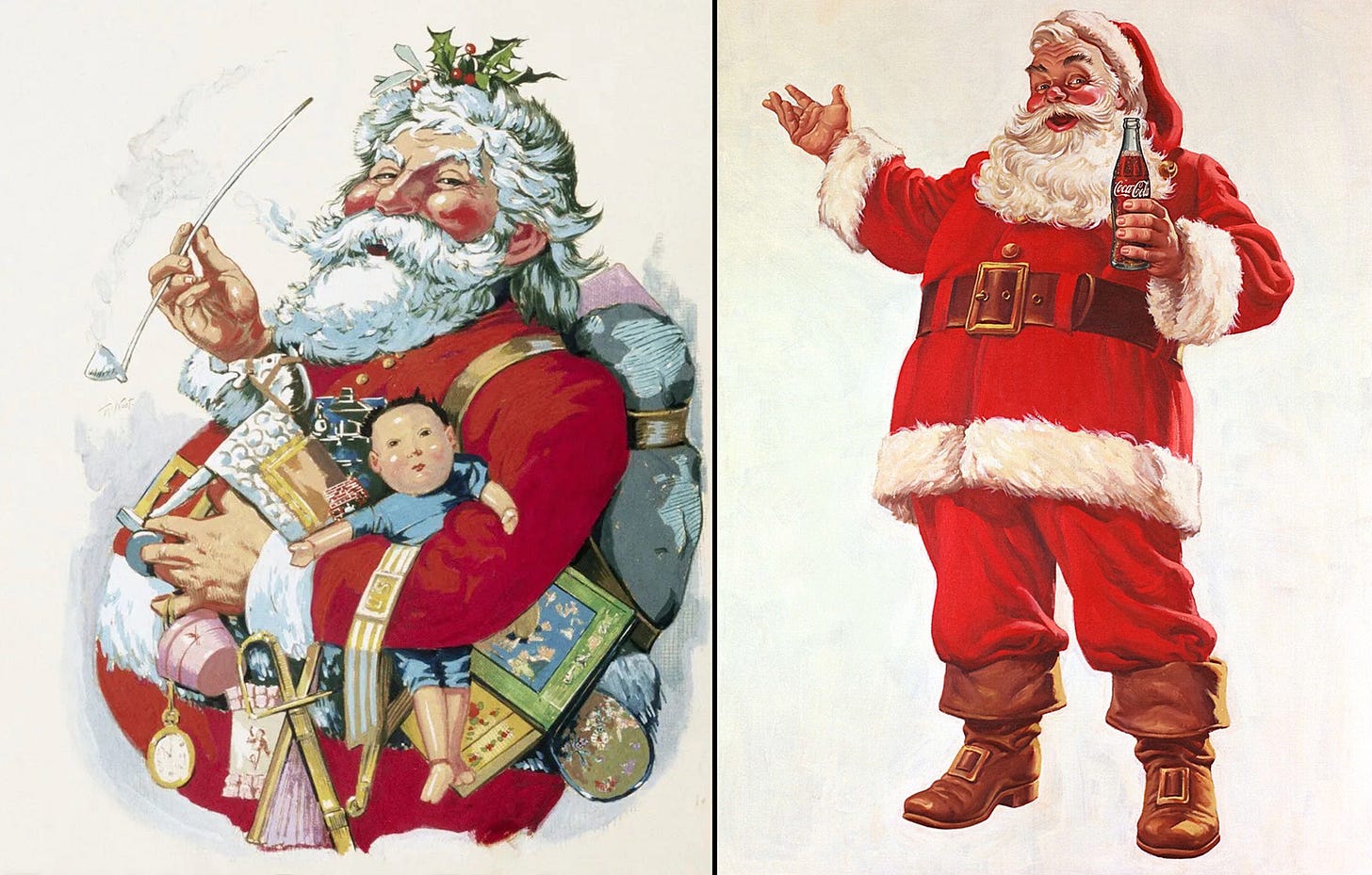

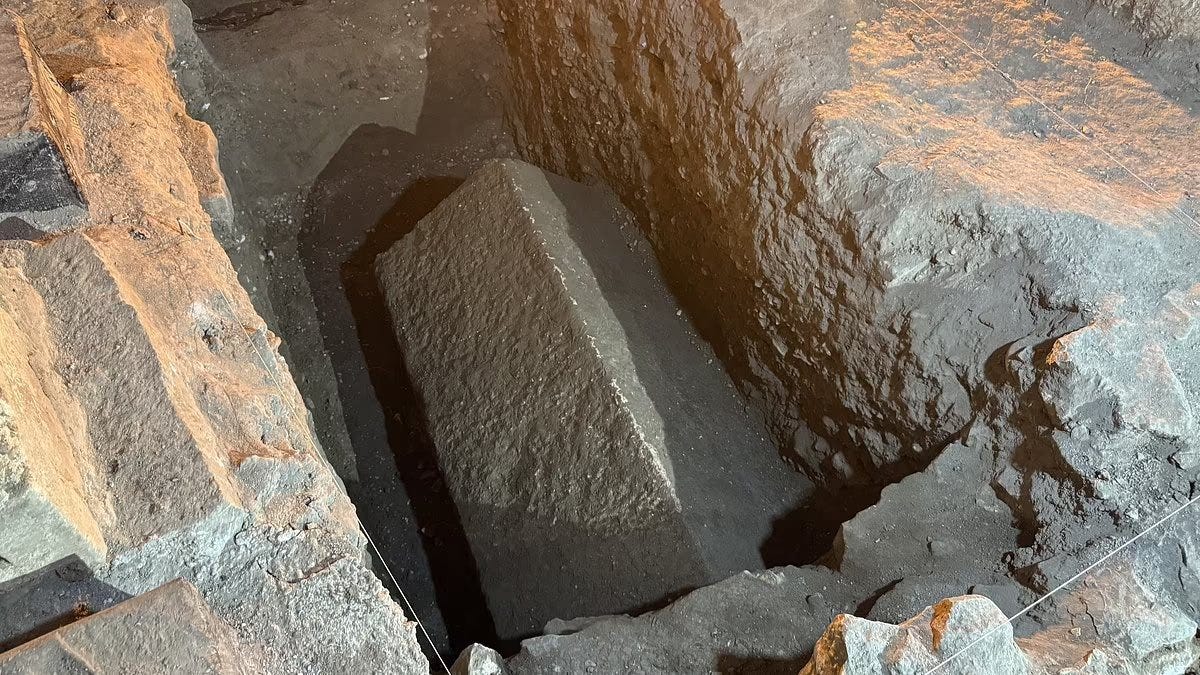
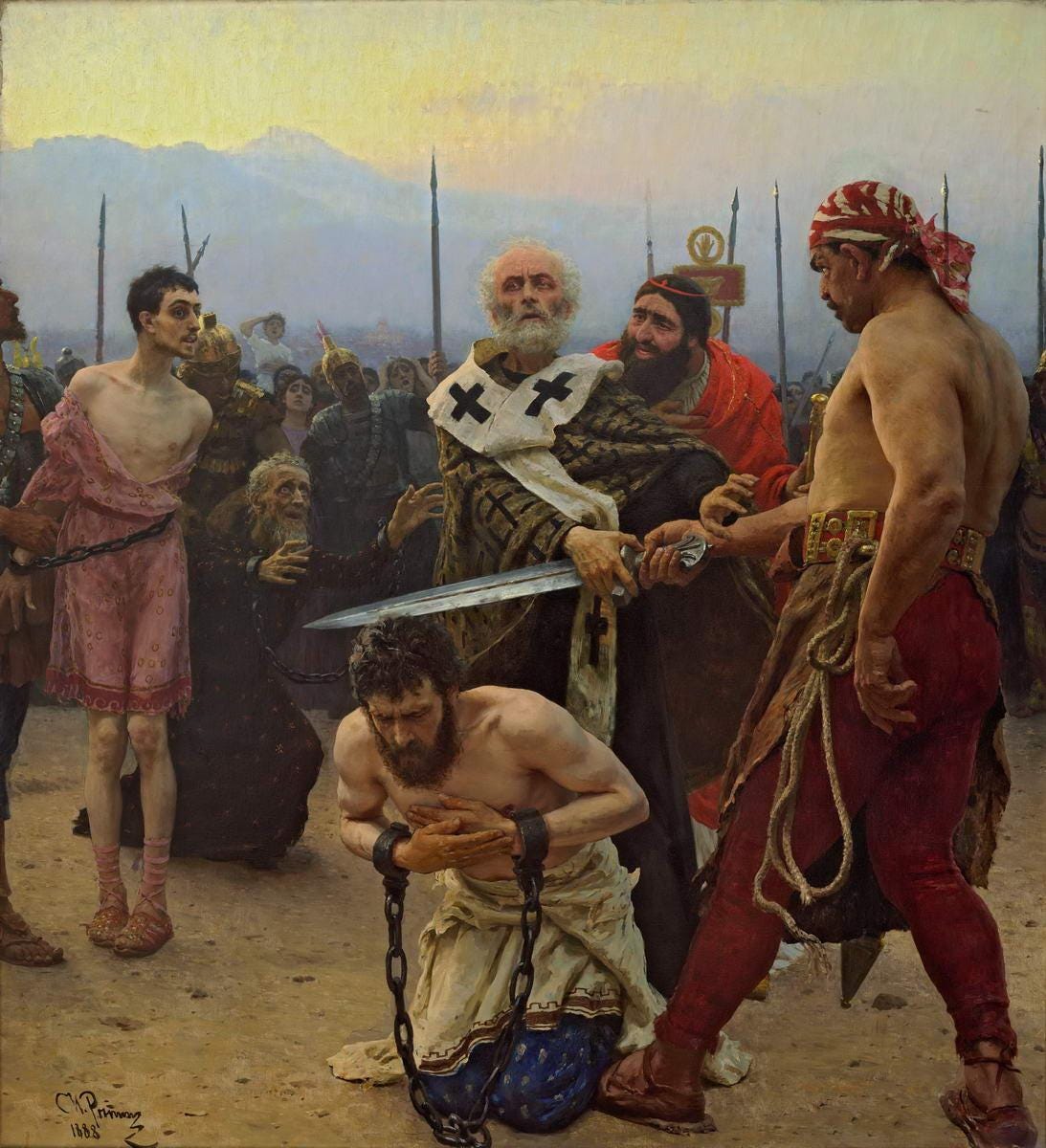
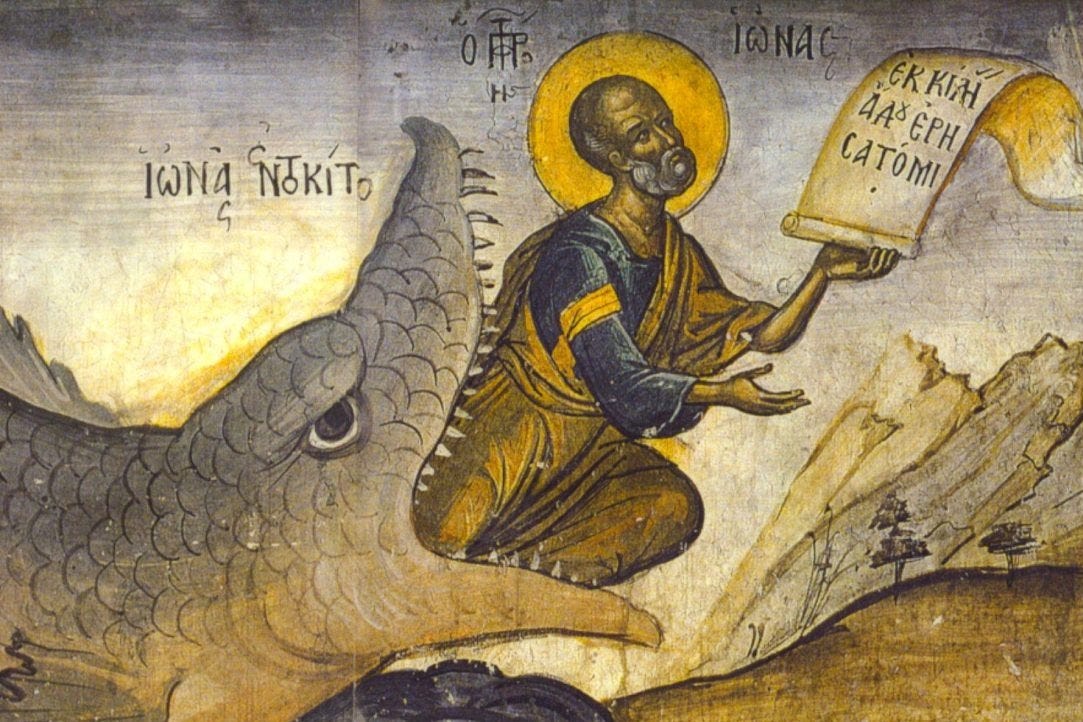





Very interesting. Maybe Christmas should be more about this than Santa Claus:
A Pattern of Love (What the Outpouring of Your Generosity Made Me Feel —TriTorch)
by Jack Smith
I didn’t question Timmy, age nine, or his seven year old brother Billy about the brown wrapping paper they passed back and forth between them as we visited each store.
Every year at Christmas time, our Service Club takes the children from poor families in our town on a personally conducted shopping tour. I was assigned Timmy and Billy, whose father was out of work. After giving them the allotted four dollars each, be began our trip. At different stores I made suggestions, but always their answer was a solemn shake of the head, no. Finally I asked, “Where would you suggest we look?”
“Could we go to a shoe store, sir?’ answered Timmy. “We’d like a pair of shoes for our Daddy so he can go to work.” In the shoe store the clerk asked what the boys wanted. Out came the brown paper. “We want a pair of work shoes to fit this foot,” they said.
Billy explained that is was a pattern of their Daddy’s foot. They had drawn it while he was asleep in a chair. The clerk held the paper against a measuring stick, then walked away. Soon he came with an open box. “Will these do?’ he asked. Timmy and Billy handled the shoes with great eagerness. “How much do they cost?” asked Billy.
Then Timmy saw the price on the box. “They’re $16.95,” he said in dismay. “We only have eight dollars.” I looked at the clerk and he cleared his throat. “That’s the regular price,” he said, “but they’re on sale for $3.98, today only.” Then with shoes happily in hand the boys bought gifts for their mother and two little sisters. Not once did they think of themselves.
The day after Christmas the boys’ father stopped me on the street. The new shoes were on his feet, gratitude was in his eyes. “I just thank Jesus for people who care,” he said.
“And I thank Jesus for your two sons,” I replied. “They taught me more about Christmas in one evening than I had learned in a lifetime.”
Loved the Saint Nick article but the comment about the boys buying their dad shoes did me in. Thank you - both of you.